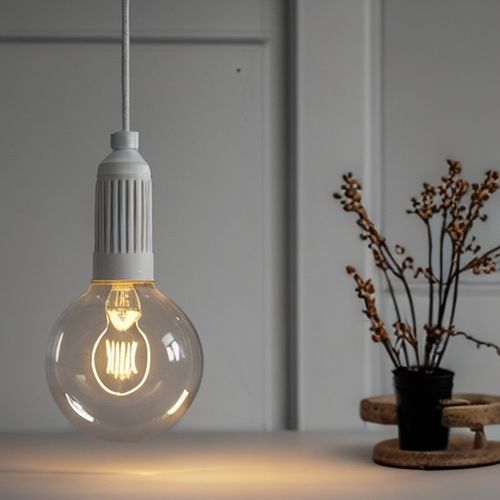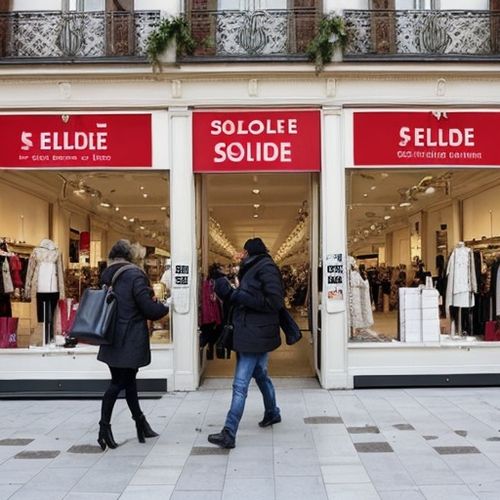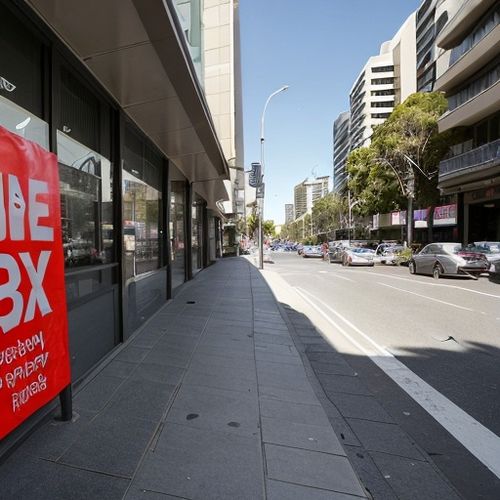The biannual French soldes (sales periods) are a shopper’s paradise—or so it seems. Every January and June, stores across France slash prices, luring bargain hunters with promises of steep discounts on everything from designer clothing to home appliances. Yet, hidden beneath the frenzy of red tags and "50% off" signs lies a less-discussed truth: not everything on sale is actually a good deal. In fact, some items are strategically marked up before being "discounted," leaving consumers paying more than they would outside the sales season.
The psychology of sales plays a significant role in this illusion. Retailers know that the mere sight of a discount sticker triggers impulsive buying behavior. Shoppers, caught up in the excitement of limited-time offers, often overlook the original prices or fail to compare them with pre-sale costs. A study by the French consumer association UFC-Que Choisir revealed that certain electronics, for instance, saw artificial price hikes weeks before the soldes, only to be "reduced" to their original—or even higher—prices during the sales period. This tactic, known as price anchoring, manipulates perceptions of value, making shoppers believe they’re getting a steal when they’re not.
Fashion is another category where the soldes can be deceptive. While iconic French brands do offer genuine discounts on previous-season collections, many fast-fashion retailers use the sales to offload low-quality or defective items that were manufactured specifically for the discount period. These pieces, often made with cheaper fabrics or rushed stitching, are priced to appear heavily discounted but are actually inferior to regular inventory. Savvy shoppers notice that the "original price" tags on these items don’t match the brand’s typical pricing structure—a red flag indicating artificial inflation.
Beauty products, particularly luxury skincare and perfumes, are also prone to pseudo-discounting. Department stores frequently bundle items into "exclusive" sets during the soldes, advertising them as value packs. However, a closer look at the milliliter-per-euro ratio often shows that these sets are no cheaper than buying products individually. In some cases, brands dilute formulas or reduce package sizes to create the illusion of a deal. For example, a "limited edition" moisturizer might contain 10% less product than the standard version, yet be sold at a seemingly discounted rate.
Home goods and furniture sales are equally misleading. Many retailers introduce "sale-only" models that appear identical to higher-quality items but are constructed with subpar materials. A sofa priced at €1,200 before the soldes might be "marked down" to €800, while a nearly identical but poorly constructed version is introduced at an "original" price of €1,500 and then discounted to €900—fooling buyers into thinking they’ve saved €600. Industry insiders call this phantom inventory, where products exist solely to create false price comparisons.
Even groceries aren’t immune. Supermarkets often promote "sales" on non-perishable items like olive oil or coffee, but these are frequently loss leaders designed to draw customers in. The discounted products are placed alongside regularly priced—or even inflated—items to encourage larger purchases. Meanwhile, seasonal products like chocolates after Christmas or sunscreen in September are marketed as clearance deals when, in reality, their prices are adjusted to reflect decreased demand rather than genuine savings.
The key to navigating the soldes lies in research and restraint. Price-tracking apps like Buycott or ShopSavvy can reveal historical pricing trends, while checking model numbers on electronics prevents falling for phantom inventory tricks. For fashion, inspecting stitching and fabric content helps avoid discounted disappointments. Above all, remembering that not every sale is a bargain—and that some "deals" exist solely to exploit the excitement of the season—can save both euros and buyer’s remorse.

By Eric Ward/Apr 10, 2025

By Laura Wilson/Apr 10, 2025

By Michael Brown/Apr 10, 2025

By Daniel Scott/Apr 10, 2025

By Megan Clark/Apr 10, 2025

By Sarah Davis/Apr 10, 2025

By Amanda Phillips/Apr 10, 2025

By Lily Simpson/Apr 10, 2025

By Thomas Roberts/Apr 10, 2025

By Sarah Davis/Apr 10, 2025

By Noah Bell/Apr 10, 2025

By Sarah Davis/Apr 10, 2025

By Amanda Phillips/Apr 10, 2025

By Benjamin Evans/Apr 10, 2025

By Benjamin Evans/Apr 10, 2025

By Olivia Reed/Apr 10, 2025

By James Moore/Apr 10, 2025